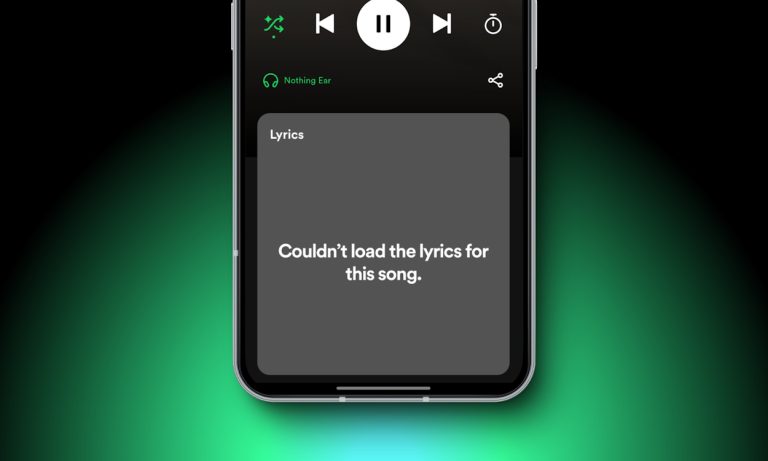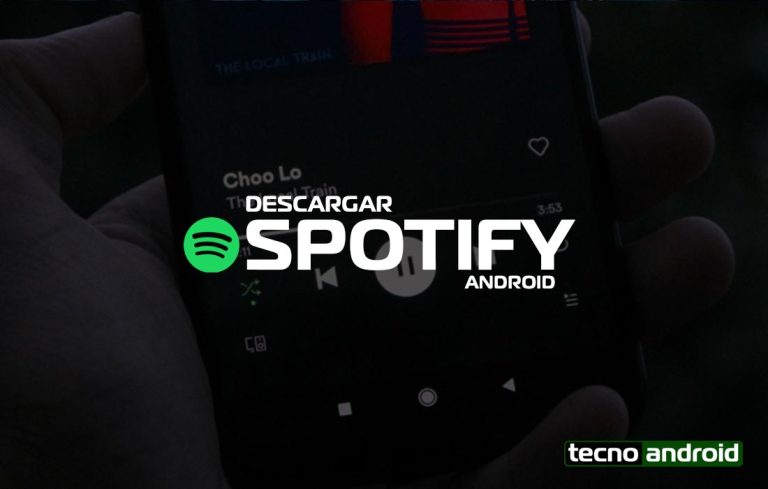Social Sharing Features on Spotify
Spotify is more than just a music streaming platform; it’s also a powerful social tool that connects listeners through music. With its range of social sharing features, Spotify allows users to discover new music, collaborate on playlists, and share their listening experiences with friends, family, and even the broader Spotify community. These social features have transformed how users interact with music, turning what was once a solitary activity into a shared experience. This article delves into the social sharing features of Spotify, how they enhance the user experience, and the broader impact on music discovery and community building.
Key Social Sharing Features on Spotify
Spotify offers several ways for users to engage with others through music. From playlist sharing to real-time listening sessions, these features are designed to foster connections between users and amplify their musical experiences. Here are some of the most prominent social sharing tools available on Spotify:
1. Sharing Songs, Albums, and Playlists
One of the most straightforward social features on Spotify is the ability to share songs, albums, and playlists with others. Users can share music through various platforms such as messaging apps, social media networks, or directly through Spotify itself. To share a song or playlist, users simply click the “Share” button, which generates a link that can be sent to friends or posted on social media. Recipients of the shared link can instantly access the content in their Spotify app, allowing them to listen along.
Spotify also provides options to share music on platforms like Instagram Stories, Facebook, Twitter, and WhatsApp. When sharing to Instagram Stories, for example, users can add album art or song details to their story, making it easy for followers to tap and listen to the music directly from their Spotify app.
2. Collaborative Playlists
Collaborative playlists are one of Spotify’s most interactive social features, allowing multiple users to contribute songs to the same playlist. This is a popular feature for group activities, parties, or even long-distance music sharing among friends and family. To create a collaborative playlist, the playlist owner can turn on the “Collaborative” option in the playlist settings, enabling others to add, remove, or reorder tracks.
Collaborative playlists bring people together through music curation, encouraging a communal listening experience. Friends can create themed playlists, such as road trip mixes, party soundtracks, or personal favorite song collections, and everyone involved can contribute. This fosters a sense of shared ownership and connection through music.
3. Spotify Codes
Spotify Codes are a unique way to share music and playlists using scannable images, similar to QR codes. Each song, album, artist, or playlist on Spotify has its own unique Spotify Code, which can be shared visually through images or screenshots. To scan a Spotify Code, users simply open the Spotify app, navigate to the search bar, and tap on the camera icon. Once the code is scanned, Spotify immediately takes the user to the shared content.
Spotify Codes make it easy to share music in person, on social media, or even in physical spaces like posters or merchandise. This feature is especially useful for artists, who can use Spotify Codes to promote their music at concerts or events by including the code on flyers, tickets, or merchandise. Fans can scan the code to access an artist’s latest single or album directly in Spotify.
4. Listening Activity and Friend Feed
Spotify’s Listening Activity feature lets users see what their friends are currently listening to in real-time. This feature is displayed on the right-hand side of the desktop app as a “Friend Feed,” which shows the most recent tracks that friends have played. By viewing their friends’ listening habits, users can discover new music that aligns with their own tastes or strike up a conversation about shared musical interests.
The Friend Feed is one of the most passive yet effective ways for users to discover new music, as it enables music recommendations from trusted sources. Seeing what friends are listening to can spark curiosity and lead to organic music discovery. However, users can control whether their listening activity is visible to others through the privacy settings, allowing for more control over what they share.
5. Group Session (Spotify Premium)
Spotify’s Group Session feature allows users to listen to music or podcasts together in real-time, even if they’re not in the same physical location. Available exclusively to Spotify Premium users, Group Session is a collaborative feature where multiple people can control the playback of shared content. It’s like having a virtual listening party, where everyone involved can play, pause, skip, or add new tracks to the queue.
To start a Group Session, one user initiates it through the Spotify app and shares a unique invite link with others. The invited users can join the session and interact with the shared playback controls, ensuring everyone in the group has equal control over what’s being played. Group Sessions are perfect for friends who want to enjoy music together in a remote setting, whether they’re hosting a virtual party or simply sharing their favorite songs.
6. Integration with Social Media Platforms
Spotify has integrated its platform with several popular social media networks, allowing users to easily share music with their followers. The integration with Instagram Stories, for example, enables users to post songs, albums, or playlists directly into their stories, complete with album art and a link to the content. Viewers can tap on the story and be redirected to Spotify to listen.
On Facebook, Spotify users can share music and playlists directly on their timeline or via Facebook Messenger, allowing for an easy exchange of music recommendations. These integrations make it simple for users to broadcast their listening habits, engage with friends, and spark conversations around their favorite songs or artists.
7. Artist Sharing and Discovery
In addition to user-to-user sharing, Spotify encourages social engagement with artist content. Fans can easily share an artist’s profile, new releases, or songs through the same sharing tools available for other Spotify content. Spotify has also built a feature called Fans First, which notifies top fans when their favorite artists release new music or announce tours. Fans First emails and notifications allow users to stay connected with their favorite artists and share the news with their friends.
Spotify also features “Wrapped” at the end of each year, where users can share their personalized year-in-review on social media. Wrapped shows users their most-streamed artists, songs, and genres, allowing them to reflect on their listening habits and compare with friends.
The Benefits of Social Sharing on Spotify
The social sharing features on Spotify have helped create a more connected music experience for millions of users around the world. These features provide several benefits, including:
1. Music Discovery
Social sharing is one of the most powerful ways to discover new music on Spotify. Whether it’s through a shared playlist, the Friend Feed, or group sessions, users are continuously exposed to music recommended by people they know and trust. This organic discovery method is often more effective than algorithm-based recommendations because it adds a personal touch to the experience.
2. Building Communities Through Music
Music is inherently social, and Spotify’s features allow people to build communities around their musical tastes. Whether it’s collaborating on playlists with friends, sharing songs on social media, or attending virtual listening sessions, Spotify facilitates interactions that go beyond simply pressing play. These shared experiences create stronger connections between people and foster a sense of belonging within music communities.
3. Enhancing Artist-Fan Interaction
For artists, Spotify’s social features provide an effective way to engage with their fans. Through Fans First notifications, Spotify Codes, and social media integration, artists can connect directly with their listeners and make it easier for fans to share their content. This kind of engagement fosters loyalty and helps artists build a stronger fan base.
4. Real-Time Engagement
The ability to share music in real-time, whether through a Group Session or by viewing a friend’s Listening Activity, makes Spotify a dynamic platform for interaction. Users can discuss songs as they’re playing, react to each other’s playlists, or explore music together without needing to be in the same room. This real-time engagement is one of Spotify’s key strengths in creating social experiences around music.
Limitations of Social Sharing on Spotify
While Spotify’s social sharing features are robust, they are not without limitations. Some users might find the lack of certain customization options frustrating. For example, while the Friend Feed allows users to see what their friends are listening to, there are no built-in messaging features within the app itself, meaning users must rely on external platforms to discuss music.
Additionally, the Group Session feature is restricted to Premium users, limiting the ability for free users to fully participate in collaborative listening experiences. Lastly, while social media integrations are strong, some platforms (such as Instagram Stories) are limited in functionality, often reducing shared content to just album art and links without deeper engagement.
Conclusion
Spotify’s social sharing features have transformed how people listen to and share music, creating a more interactive and connected listening experience. From collaborative playlists and Group Sessions to integration with social media platforms, Spotify provides a range of tools that encourage users to engage with music and each other in meaningful ways. These features not only enhance music discovery but also foster communities built around shared musical tastes, bringing people closer together through the universal language of music.







